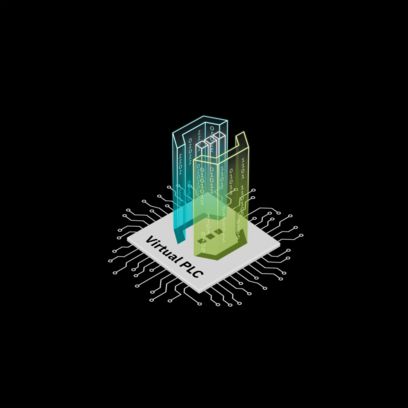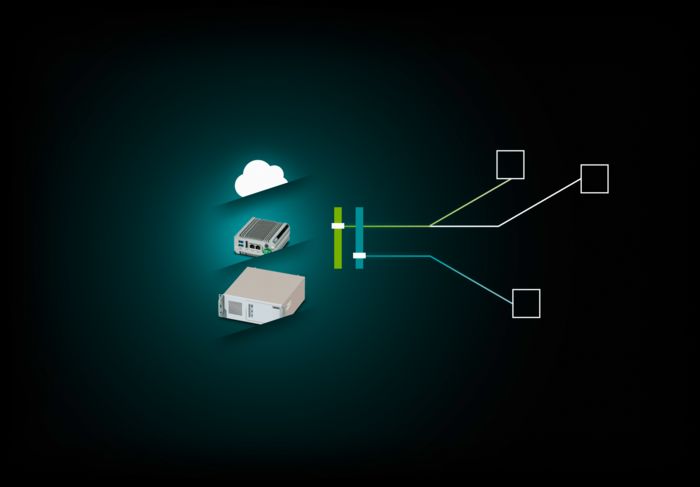
Controller, Type of software: On-premises, Subscription, Basic functions: Virtual control, The VPLCNEXT CONTROL is a powerful, real-time-capable virtual control based on PLCnext Technology.
It is provided as an OCI-compliant container (Open Container Initiative) and can be instantiated flexibly..








